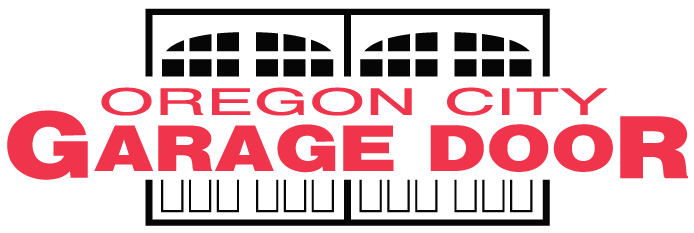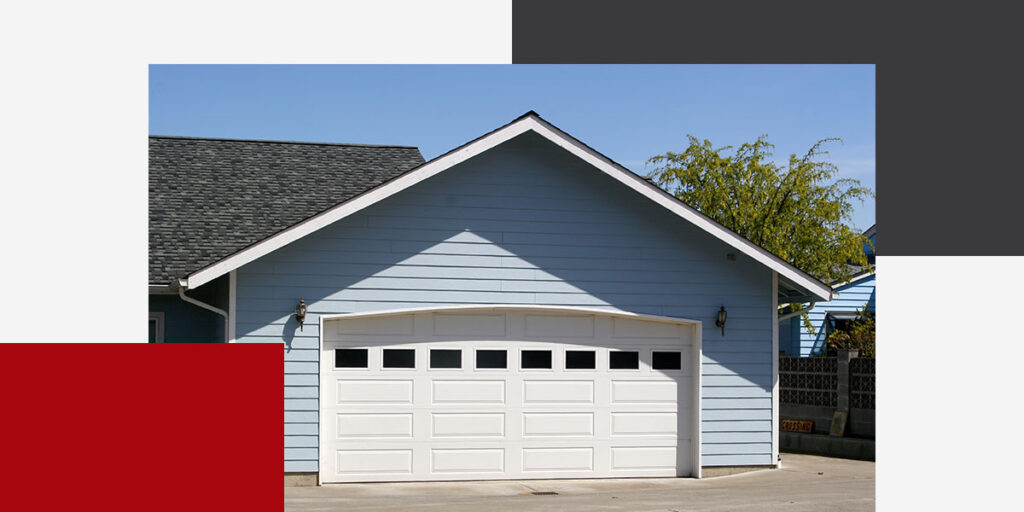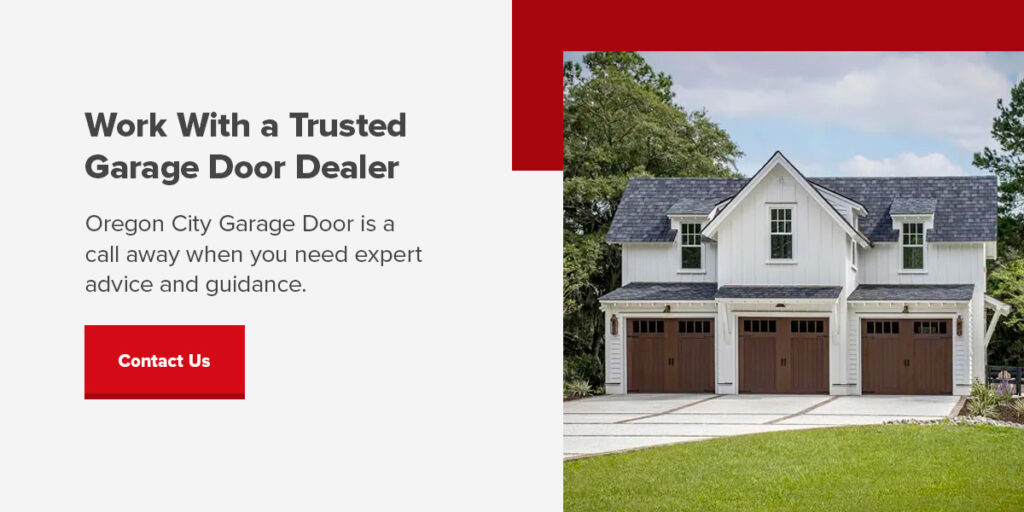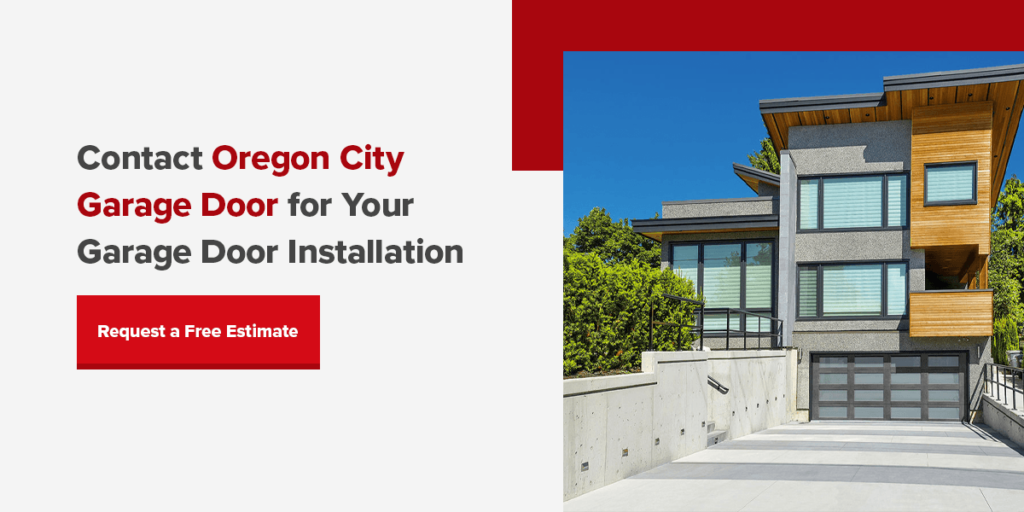How Garage Doors Operate
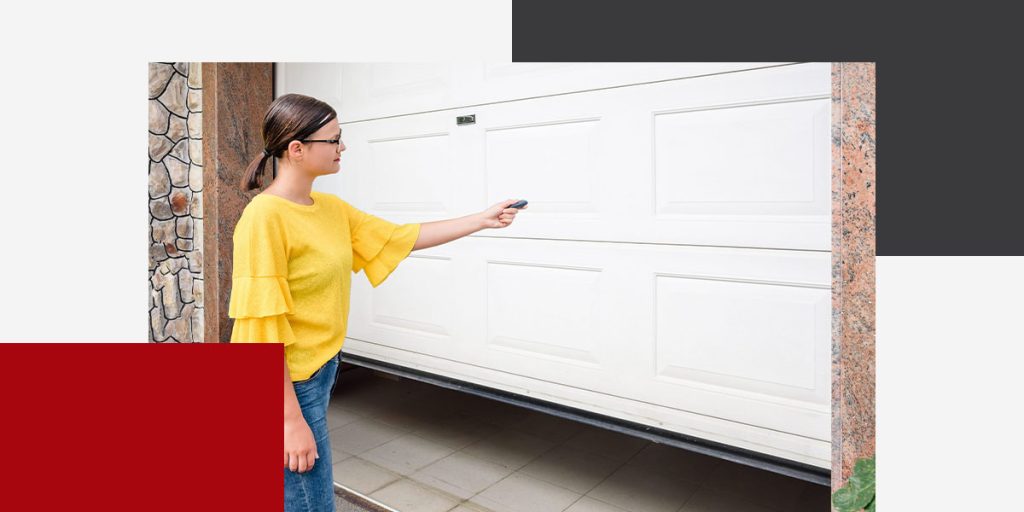
Your garage door relies on regular maintenance to keep it operating smoothly and conveniently. Before scheduling service for your garage door system, you may want to know the different parts of a garage door and their functions.
What Are the Parts of a Garage Door?
No matter how intricate, each garage door component plays a role in opening and shutting your door. If you’ve ever wondered how these systems work, here are all the important parts of a garage door explained.
Panels
Manufacturers typically make panels from wood, steel or aluminum. Panels are parts of the garage door’s exterior, and you can usually modify them to enhance your house’s appearance and boost its curb appeal.
Door Opener
The parts of a garage door opener include the operator, drive mechanism, emergency release rope and sensors. The sensors and motors allow automatic garage doors to move without manual effort, so using the garage door opener control directs the sensors and motors to open or close the door. A garage door’s sensors have a limited range, so you can only open the door while close by — unless you invest in smart technology that lets you operate it remotely.
Springs
Garage doors only partially rely on a door opener to do the heavy lifting. The motor controls the movement’s direction, while torsion springs placed above the door facilitate the opening and closing. With the help of springs, you can save energy while smoothly opening your doors.
Tracks
Garage door tracks sit on the vertical sides of your door and curve upward toward your ceiling. These tracks guide your door’s movement while also working with the garage door springs to prevent the door from falling back down once opened.
Rollers
Inside the tracks, you’ll find rollers that move along the tracks as the door opens and closes. These rollers consist of a metal rod and a wheel made from either nylon, steel or plastic. Your technician will replace your rollers periodically to ensure your door opens and shuts smoothly.
Keep Your Doors Rolling
A garage door system’s complexity — and the extreme stress put on components from a door’s weight — make repairs dangerous to attempt on your own. You need a trusted professional to perform these services safely.
Oregon City Garage Door has been rolling up garage doors since 1992. As a veteran company, we offer our clients outstanding repair and maintenance services in Oregon. If you’re in the market for a new garage door, take a look at our impressive collection of residential and commercial garage doors and contact us online.
Decorating Your Garage for the Holidays
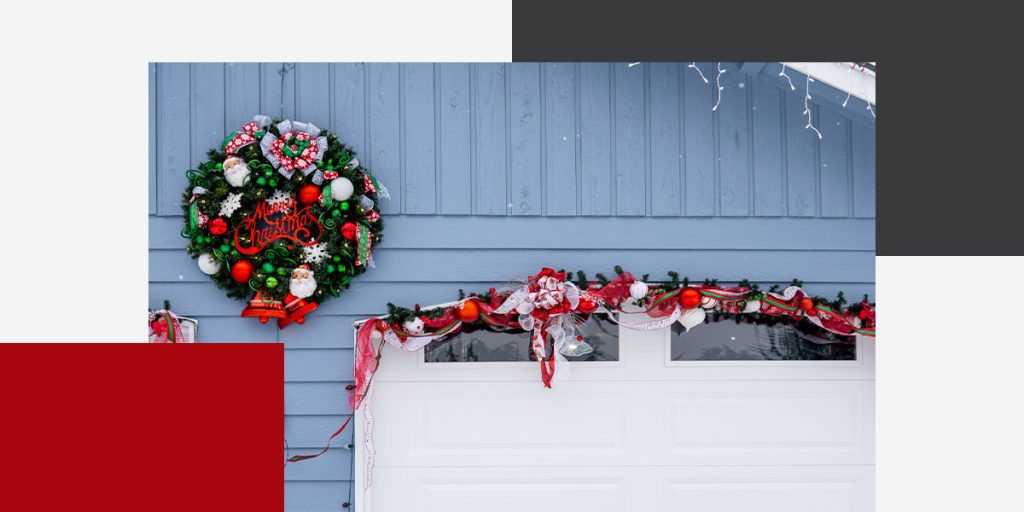
Oregon City Garage Door sells stunning garage doors, but you can still add some extra sparkle to your doors for Christmas. Garage doors are large fixtures, and decorating them can boost your property’s festive cheer. If you’re looking for inspiration on how to decorate garage doors for the holidays, we have some ideas.
How to Decorate Your Garage Door for Christmas
Here are five of our favorite ways to get your garage ready for the holidays.
1. Make a Garage Door Gift
You can make your garage door resemble a wrapped gift by adorning it with colorful ribbons. Attach them with nails, staples or hooks. We recommend looking for ribbons made from outdoor-friendly fabrics that can withstand harsh weather conditions to ensure your festive cheer and ribbons won’t fade. You can also add a beautiful bow. Make sure any decorations are fairly thin to prevent the material from causing garage door problems when you roll the door up.
2. Add Metal Magnets
If you have a metal garage door, you can beautify its surface with festive magnets. These whimsical decorations require minimal effort and won’t interfere with your garage door’s operating system.
3. Make a Snowman
Build a snowman on your white garage door. Use black and orange vinyl to cut out six black circles for the eyes and smile and an orange triangle for the nose. Stick the shapes on your door, and soon, your friendly snowman will greet passersby with a warm smile.
4. Grace Your Overhead Door with a Wreath
Wreaths are more than front door decorations — you can also hang an elegant evergreen wreath above your garage door or directly on the door itself, depending on the door type. If your door does not roll up, you can add a wreath without hindering the door’s functionality. Look for decorations made of durable materials that can endure moisture, cold weather and exposure to sunlight.
5. Stick Vinyl Decals or Clings
For low-maintenance decor, opt for vinyl clings that are easy to stick on your door. Effortlessly create a festive message with alphabet decals or bring a winter wonderland scene to life. These decals are studier than typical window stickers, and you can remove them easily.
Merry Christmas From Oregon City Garage Door
From our garage to yours, we wish you a happy holiday and a hassle-free season! With products from industry leaders such as Northwest Door, Amarr and Clopay®, Oregon City Garage Door stocks durable overhead doors that’ll keep the heat in this winter. If you’re in the market for a new garage door, contact us online.
Guide to Insulated Garage Doors
When choosing a new garage door for your home, you want a high-quality, durable option that will protect your vehicles and stored belongings. However, you also want to consider insulation. A well-insulated garage prevents energy loss by regulating temperatures, helping you avoid wasting money on excess energy use — but that’s not the only advantage.
Does an insulated garage door make a difference? Learn all about insulated garage doors, how they work and their benefits here.
What Is an Insulated Garage Door?
An insulated garage door is reinforced with material that prevents outside air from entering your garage, and vice versa. These types of doors help ensure cold air stays outside in the winter, so your garage is warm, and hot air doesn’t enter in the summer, so your garage is cool. In comparison, standard garage doors without insulation may have sections that allow air to enter or escape.
Insulation and R-Value
The resistance value (R-value) of garage door insulation relates to the thickness of the insulation and its ability to combat heat flow. The R-value measures the heat conductivity of the insulated material.
Different materials have varying R-values ranging from low to high. The higher the R-value, the better the garage is protected from heat transference. The thickness of the R-value in inches determines how well it insulates. For example, polyurethane spray foam has an R-value of six per inch, an R-value of 12 per two inches, an R-value of 24 per four inches and an R-value of 44 per eight inches.
Garage doors for detached and attached garages have different R-value applications:
- Detached garages: Since they’re not part of the home, detached garages don’t need heavy insulation. Lower R-values like four and six should be sufficient.
- Attached garages: An R-value between 12 and 16 works well with attached garages, although higher values will provide even more protection against heat.
Consulting with a garage door professional can help you better understand R-values and how to choose the right one for your garage door.
Benefits of an Insulated Garage Door
When choosing a new garage door, you should almost always opt for an insulated garage door, especially if you have an attached garage. Why? Here are the main pros of insulated garage doors:
1. Energy-Saving Potential
Installing an insulated garage door helps control the temperature so surrounding rooms don’t experience hot and cold spots due to temperature fluctuations. With fair and even temperature distribution in the garage and adjoining rooms, there is a reduced need to use your heating and cooling system in those spaces. As a result, you can save on your energy bill.
2. Noise Reduction
Do you use your garage as a work area? Installing an insulated door can help create a quieter environment in rooms near your garage, as the insulation creates a sound barrier. This ability also means outdoor noise will be muffled. As a result, the noise of power tools and other equipment you might use in your garage won’t be as loud to others nearby.
3. Increased Durability
Garage doors are sturdier and more durable with added insulation. Depending on the type of insulation, it provides an extra layer of cushioning that supports the door against wind and other forces. You can rely on your insulated garage door to stand up against many kinds of weather and last for years to come, providing you with a great return on investment.
4. Improved Storage Space
Any valuables you’re storing in your garage are better protected when your garage door is insulated. It helps keep cold air out, which can damage fragile items, and helps limit humidity, which can cause certain materials to rust. You’ll have peace of mind knowing you can continue storing your belongings without worrying about damage due to temperature fluctuations.
5. More Comfortable for Alternative Uses
If you’ve converted your garage into a hobby room, you’ll enjoy the benefits an insulated door offers. By ensuring your garage stays warm and cool according to the seasons, you’ll maintain a comfortable atmosphere for your work area all year. Those who work on art in this area can enjoy a regulated environment to store their pieces.
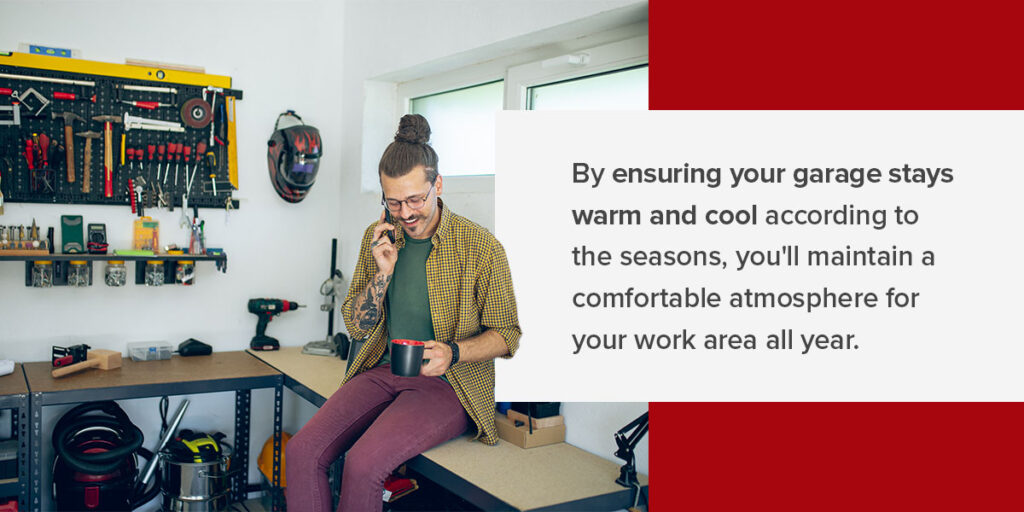
Types of Insulated Garage Door Materials
There are two main types of garage door insulation — polystyrene and polyurethane.
Polyurethane Insulation
This insulation material is foam-based and offers more protection and energy efficiency. The polyurethane foam is inserted between the garage door’s panels behind the door on the inside. The injected foam fills the surface, covering all cracks and openings.
Polyurethane insulation provides improved durability due to the foam’s consistency, as it expands and contracts to accommodate the door’s mobility. It also provides better protection against dents and impact. Most garage door manufacturers prefer using this foam for insulation because of its numerous benefits for residential and commercial properties.
Polystyrene Insulation
Polystyrene is less expensive but offers less protection than polyurethane insulation. A garage insulated with polystyrene consists of polystyrene sheets precut to fit into the garage door panels. This material is lightweight and easy to install, but the drawback is that it doesn’t cover tiny holes and gaps like polyurethane foam, so air can still pass through.
Polystyrene insulation’s advantages include being waterproof and preventing leaks during heavy rainfall. It also prevents mildew from forming. The sheets come in various R-value thicknesses, though they’re ideal for homeowners in warmer climates because they can’t keep cold air out as well as polyurethane insulation.
Call Oregon City Garage Door for an Insulated Garage Door Quote
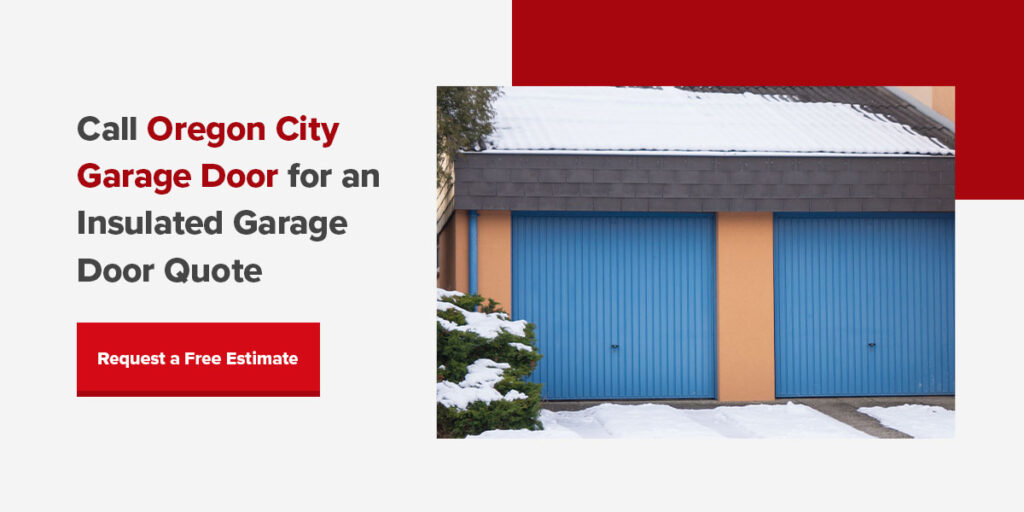
Oregon City Garage Door has an extensive range of garage doors and services for every requirement. Whether you need your current door repaired or serviced, or you want to upgrade to a new insulated door, our professional, efficient and friendly technicians are ready to help.
We’ve served Portland and the surrounding areas since 1992 and have established ourselves as reputable, reliable and trustworthy in the field. Our loyal clients have supported us for years — we’re eager to welcome you to the family!
Let’s discuss your garage door needs. Call us at (503) 662-7665 or request an estimate through our contact form.
How Long Do Garage Doors Last?
For many homeowners, a garage door is more than an entrance — it completes their home’s exterior design and safeguards vehicles and stored belongings. Like every essential element in a home, understanding the life span of a garage door and when it may need replacement is paramount to ensure its durability.
The Average Life Span of a Garage Door
A well-maintained garage door can serve homeowners diligently for years, but its life span can vary depending on its materials. Some common materials and their life spans include:
- Steel and aluminum: Popular for their robustness, these doors may last up to 20 or 30 years if they receive regular maintenance.
- Wood: Exuding timeless elegance, wooden doors may grace your home for a good 15 to 20 years — or more — with proper care.
- Fiberglass and vinyl: These common materials typically offer a functional life span of at least 15 years, but they can often last twice that if you maintain them well.
How Often Should Garage Doors Be Replaced?
While your door can function for years with frequent maintenance and repairs, it is wise to remain vigilant and observe its performance with every cycle. Some factors that may indicate it’s time to replace your garage door include:
- Erratic operation: If your door refuses to open or close smoothly, it may have deeper mechanical issues that cannot be resolved without replacement.
- Audible distress: Excessive noise could indicate that it’s time for a replacement, especially if a technician is unable to fully fix the issue.
- Visible wear and tear: You may want to replace your garage door if it experiences extensive exposure to elements, accidental collision, impact and aging that impact your home’s appearance negatively.
- Recurring repairs: Replacing your garage door may be more cost-effective if it requires frequent repairs, as these fixes can add up and may result in you needing a new door in the end, anyway.
Factors to Consider
Several variables play pivotal roles in determining how long your garage door will last:
- Use: When you open and close your door repeatedly, the door will gradually wear out faster than a stationary one.
- Climate: Constant exposure to elements such as rain, snow, wind and sleet and harsh weather conditions — be it cold, heat or humidity — can accelerate garage door wear.
- Maintenance: Garage doors require regular service for peak function, so an annual inspection by a professional technician can maximize the door’s life span.
- Installation: Professional installation from a certified company can help your door enjoy top function and longevity.
- Materials: The manufacturing materials of your door will affect its longevity, whether you choose a steel option for less denting or chipping or aluminum for less strain on your garage door opener.
Repair or Replace?
In the end, the decision to repair or replace your garage door depends on various factors. The only time that you may need to replace your door is when it cannot be repaired, but otherwise, the choice is up to you.
If you are unsure what you should do, you can ask a professional garage door company like Oregon City Garage Door for advice. Our skilled team members can help replace your door with an option from our large inventory of residential door brands and commercial overhead doors or provide necessary repairs to keep your door working.
Work With a Trusted Garage Door Dealer
Your garage door provides safety, convenience and curb appeal. Considering its importance, making informed decisions about maintenance and replacement is essential, and Oregon City Garage Door is a call away when you need expert advice and guidance. We serve the entire Portland area and are standing by to assess your garage door. Contact us for garage door expertise if it’s time for a change or a checkup.
Guide to Choosing Your Garage Door Color
Guide to Choosing Your Garage Door Color
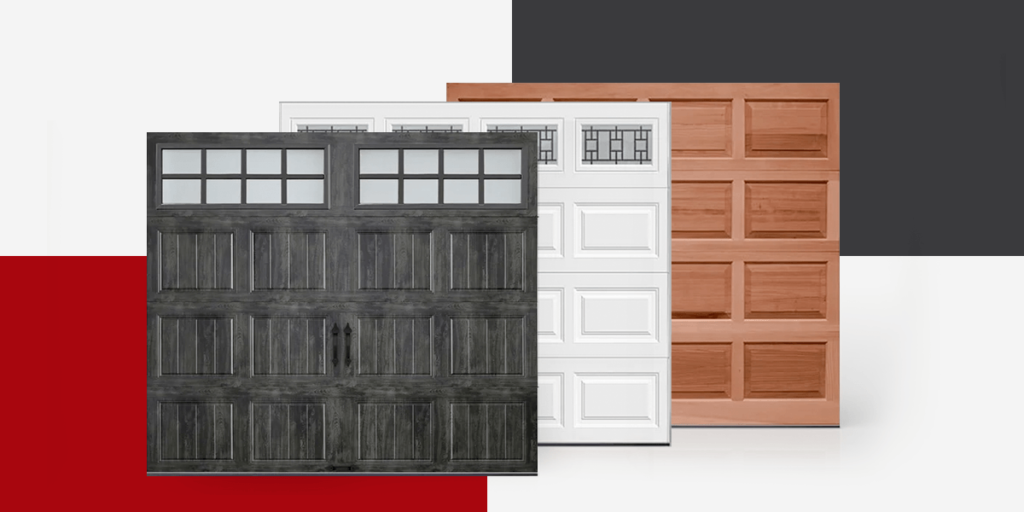
Choosing any color for your garage door may be tempting, especially when you have an array of options. That said, it’s best to consider how different colors can impact your home’s curb appeal, as the wrong selection can affect your house’s appearance in a negative way. With some careful consideration, you can select the best color for your garage door — one that works seamlessly alongside the rest of your house and property.
How Do You Choose a Garage Door Color?
When it comes to choosing the right color, it’s important to understand the outcome you’re trying to achieve. While some homeowners like to attract attention to their homes with bold garage door color choices, others prefer to have their garages’ appearance blend in with their properties. For example, you might prefer to highlight other features of your house by selecting a more subtle color choice for your garage.
Finding balance is important as you consider suitable colors — consider your home’s other exterior colors. These colors often include:
- The field color: This is the main color used on your home’s siding.
- The trim color: This is often the color used on window and door frames.
- The accent color: Areas like your front door and window shutters may be presented in a different color.
When pairing your garage door color with your home’s other exterior colors, visualize how everything would look by contrasting light and dark. For example, matching a dark field color with a light accent color will look different compared to a light field color with dark trim. This way, you can create a more cohesive curb appeal design.
With all of that in mind, here are some of the most popular colors for garage doors for you to consider:
- White
- Blues
- Greens
- Browns
- Grays
- Black
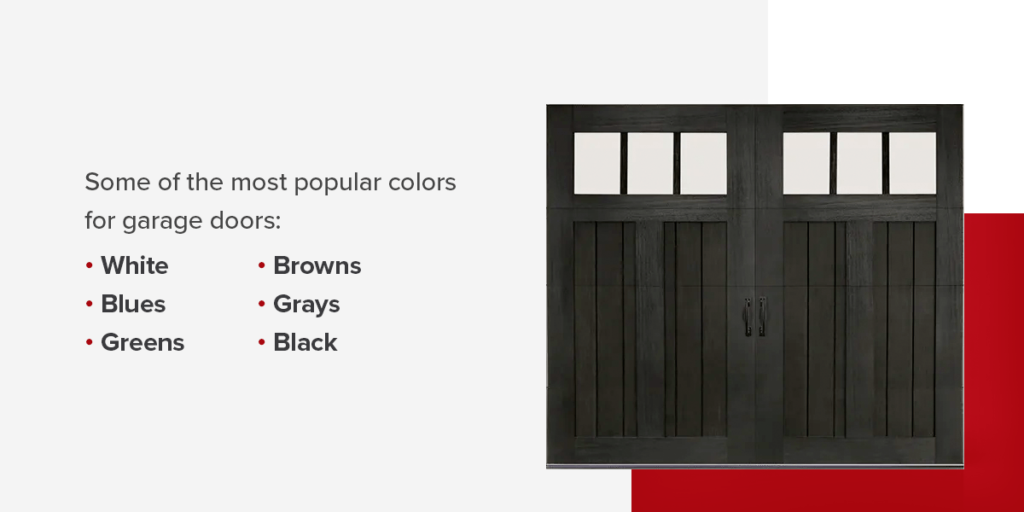
Most Popular Garage Door Color Schemes
It’s beneficial to understand the theory behind colors by revisiting the color wheel and thinking about a few basic color schemes. This approach will help you put color matches into context and avoid mixing random colors because they look appealing.
The color wheel can become complicated, but we’ll keep to the fundamentals and highlight the important aspects. Here’s a breakdown of a few color schemes you may want to incorporate to align your home and garage door’s appearance.
- Primary colors: These are the dominant colors on the color wheel that can be mixed to create secondary colors — red, yellow and blue.
- Analogous colors: Located in close proximity on the color wheel, analogous colors sit alongside each other. These are colors that are similar in depth and hue and would normally blend in well when used together, although some shades can overpower the other colors and should be used subtly. Examples are violet or blue-violet or green and yellow-green.
- Monochromatic colors: A single color portrayed in different shades and hues is monochromatic. For example, you could opt for avocado green trim with an emerald accent color, while the field color is a different shade of green altogether. Although it might seem like too much of the same color, using a monochromatic approach can create an appealing visual flow when used strategically.
- Complementary colors: These colors are situated opposite each other on the color wheel, creating a stark contrast when paired. Examples are purple and yellow. While bold and daring, they can enhance coherence in the right setting.
- Neutral colors: These are base colors like white, gray, black and brown, and softer shades of brown like tan, creme and beige that are made using two complementary colors.
- Warm colors: These are earthy colors that are often associated with seasons like fall, including shades of orange, yellow and red.
Coordinating Your Garage Door Color With Your House Color
Certain colors and shades will match your house’s color better than others. Below, we cover a few popular home siding options and how you can coordinate your garage door color with them for a coherent exterior design.
Brick
A brick home already features natural reds, browns or yellows, which you can use in your favor. Inspect the primary colors in your home’s brick siding, such as red or yellow. Match your garage door using a similar color. For example, a dark chocolate brown may highlight the brick, while a contrasting but complementary brick and garage door combination like red and forest green might stand out more.
Gray or White
These neutral colors offer many potential matches because of their simple yet versatile nature. Still, you may want to avoid similar light colors for your garage door, like gray and tan. These colors can leave your house looking dull. Instead, opt for similar colors that have considerable shade contrasts. For example, if your siding is a gray color, opt for a much darker gray tone for your garage door color.
Beige or Tan
Similar to gray and white, you have many options with neutral colors like beige and tan. Try to steer clear of similar-toned colors. For example, you could choose a dark brown or a wood-stained garage door instead to create a more notable contrast.
Contact Oregon City Garage Door for Your Garage Door Installation
If you need help deciding on the right color for your new garage door, let us help. Oregon City Garage Door offers various garage door types from many industry-leading brands. Browse our selection to find a garage door in a color that suits your vision.
Oregon City Garage Door offers numerous garage door services throughout the Portland area. Whether you need a new garage door, want to replace your garage door opener or require a different kind of garage door service, our team of garage door experts can assist you. Since 1992, we’ve worked with homeowners and business owners to install and repair garage doors, offering quality, comprehensive service you can count on.
If you’re interested in replacing your garage door or need to service your garage door, look no further. Call us at (503) 632-3070 for a free estimate or complete our service request form, and our team will respond promptly.
